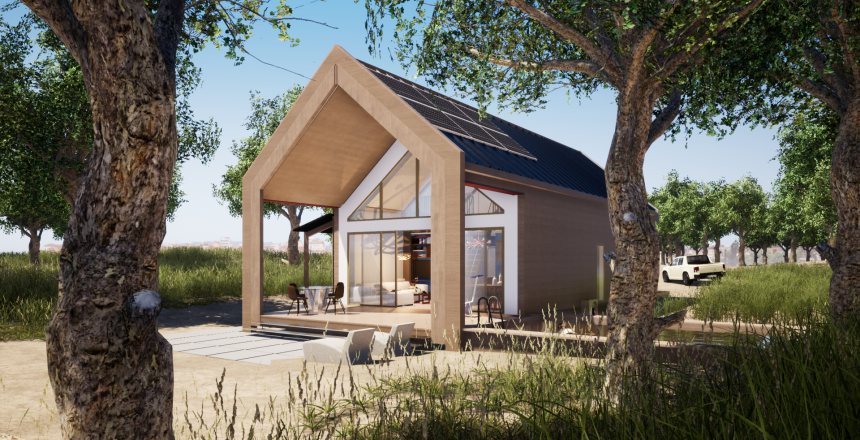Prefabricated buildings, also known as prefab buildings, are structures that are built off-site and then transported to the final location where they are assembled. In recent years, prefabricated buildings have become increasingly popular due to their numerous advantages over traditional construction. In this blog post, we’ll explore the top 10 reasons why prefabricated buildings are better than traditional construction.
- Speed of Construction Prefabricated buildings can be constructed in a fraction of the time it takes to build a traditional structure. Since the building components are manufactured off-site in a controlled environment, the construction process can be completed much more quickly.
- Cost Savings Prefabricated buildings can be much more cost-effective than traditional buildings. The manufacturing process is streamlined, and building materials are purchased in bulk, resulting in lower overall production costs. This cost savings is then passed on to the customer, making prefab buildings an affordable alternative to traditional construction.
- Consistent Quality Because prefabricated buildings are constructed in a controlled environment, the quality of the final product is consistent and closely monitored. Each component is inspected for quality before being transported to the final location, ensuring that the finished building meets all necessary safety and building codes.
- Customization Options Prefabricated buildings can be designed to meet your specific needs and can be customized in a variety of ways. Whether you need a unique layout or specific materials, prefab buildings can be tailored to your specifications.
- Reduced Waste The manufacturing process of prefabricated buildings is efficient and generates less waste than traditional construction. This means that there is less impact on the environment and fewer materials end up in landfills.
- Improved Energy Efficiency Prefabricated buildings are often designed with energy efficiency in mind, using high-performance insulation and energy-efficient windows and doors. This results in lower energy costs over the life of the building.
- Flexibility Prefabricated buildings are designed to be flexible and can be easily expanded or modified to meet changing needs. This means that they can be adapted to suit a variety of purposes, from commercial to residential use.
- Weather-Resistant Prefabricated buildings are designed to withstand the elements, with high-quality materials and construction techniques that ensure they can withstand harsh weather conditions.
- Reduced Site Disruption Since the majority of the construction takes place off-site, there is less disruption to the final location. This means that businesses can continue to operate without interruption during the building process.
- Sustainability Prefabricated buildings are often made from sustainable materials, reducing the environmental impact of the construction process. They can also be designed to incorporate renewable energy sources, further reducing their carbon footprint.
In conclusion, prefabricated buildings have numerous advantages over traditional construction, including speed, cost savings, consistent quality, customization options, reduced waste, improved energy efficiency, flexibility, weather resistance, reduced site disruption, and sustainability. With these benefits, it’s easy to see why prefabricated buildings are becoming an increasingly popular choice for construction projects of all kinds.
